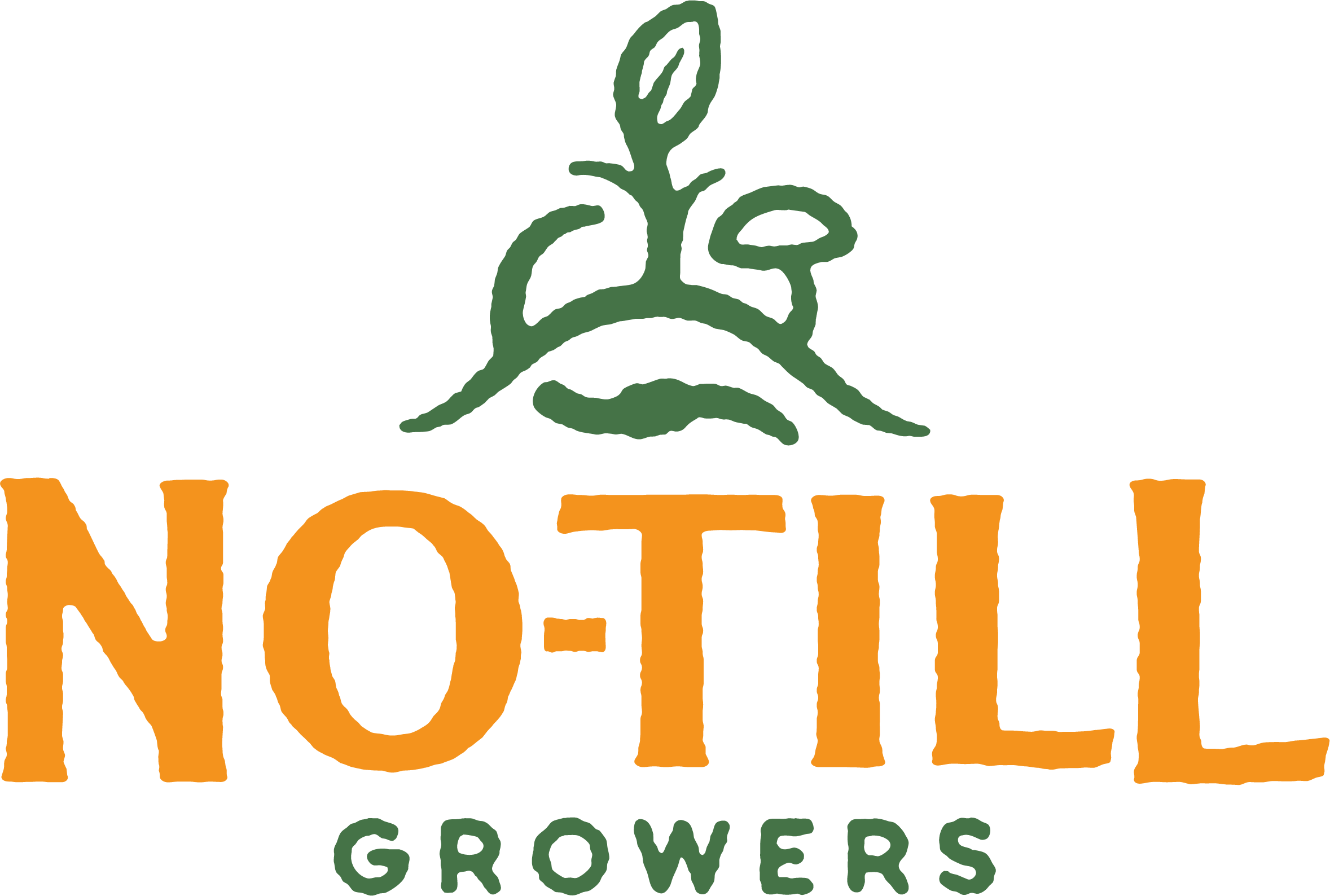How No-Till Became More Than Just Not Tilling
When I first sought out no-till it was not because I had some arbitrary aversion to turning over soil layers—it was because every manual on soil that I read told me tillage damages soil health.
“Damages” is being generous. From the soil’s perspective, tillage is a catastrophe.
When a tiller runs through the soil the structure is pulverized, fungal hyphae and earthworms are torn apart, nematodes crushed, carbon released from aggregates and devoured by the newly oxygenated bacterial populations. There isn’t an analogous historical equivalent of tillage for humans—because we wouldn’t have survived to tell the story.
However, what started this—No-Till Growers—and everything we do here is that there was plenty of evidence telling us to not till, but almost nothing telling us how to grow, let alone grow profitably, without doing so.
Then something happened that I hadn’t quite anticipated: we learned pretty early on that no-till isn’t just about avoiding the major catastrophe wrought by the tiller. No-till is about doing everything possible to increase soil health.
That is an important distinction.
What I mean is that conversations about no-till often meander into discussions about perennial hedgerows and habitat for beneficials, microbial compost teas, cover crop ecology, KNF. It quickly becomes a conversation less about just not damaging soil health and more about improving the entire eco-system in and around the soil.
No-till growers aren’t simply avoiding the tiller for regular management, they are stewarding the biology that builds soil—the photosynthesis, the habitats. Is making a living important? Absolutely, but we have found that in the realm of no-till, making a living and growing ecologically are as relative as planting native pollinator habitats and growing tomatoes—they are not at odds with one another, they’re complimentary.
This is because no-till growers are not trying to do all the work themselves. They are not forcing the soil to do their bidding, rather they are stewarding it to prepare itself for growing a healthy crop. They are asking the biology to help do some of the work of protecting the plants through specialized anti-bacterial secondary metabolites from fungal hyphae, for example, or any number of other incredible interactions, most of which we don’t yet understand. What helps the soil, in effect, helps the farmer.
All of that falls into the realm of no-till, because no-till may start—as it did for me—with looking at what improves soil health. But improving the health of the soil does not end at simply removing the tiller from the system.
To be sure, that is just the beginning.
